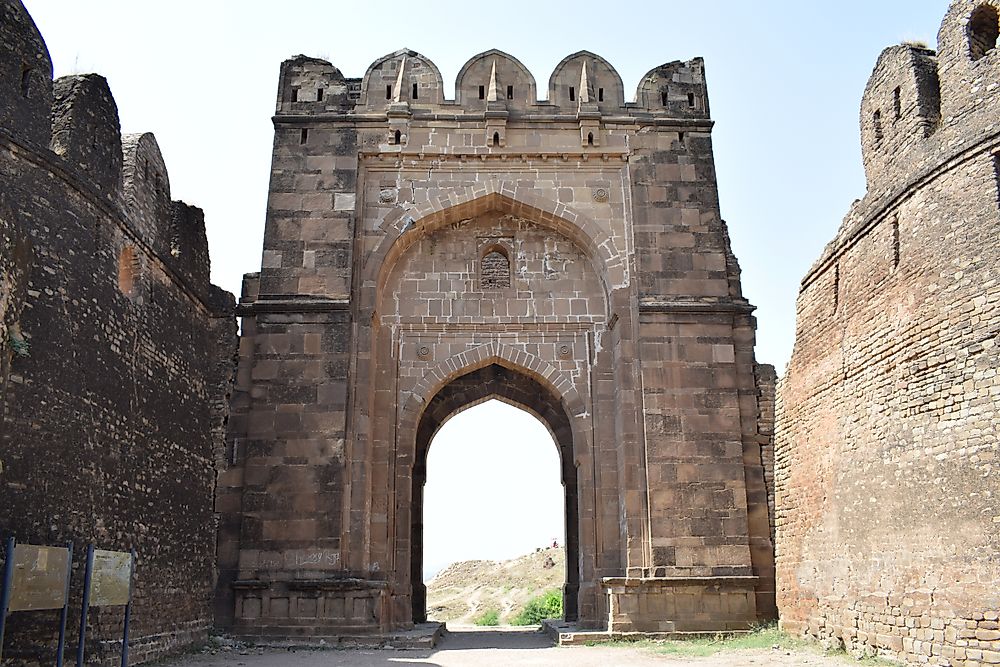Who are the Pashtun People?

The Pashtuns are the Pashto-speaking individuals living in the Pakhtunistan region. They are the biggest segmentary-lineage tribal group on the planet with over 350 Pashtun clans and tribes. There are over 50 million Pashtuns in the world with a majority of them living in the Pakhtunistan region which was divided after the Second Anglo-Afghan War. The Pashtuns adhere to Pashtunwali (ethics that guide communal and individual conduct) and converse in the Pashto language.
Geographical Distribution
A considerable percentage of the Pashtuns can be found in Pakhtunistan area, situated in the western side of Indus River in Pakistan and southern parts of River Amu in Afghanistan. Pakhtunistan region includes northern parts of Balochistan and Khyber Pakhtunkhwa. Numerous Pashtun communities can also be found in Attock and Miawali in Punjab province, the Kashmir and Baltistan regions, and Afghanistan. Various small Pashtun Diaspora communities are in Australia, Europe, the Arabian Peninsula, North America, Iran, and the Middle East. Some of the most crucial cities of Pashtun culture include Jalalabad, Mingora, Mardan, Quetta, Kabul, Peshawar, and Kandahar.
Pakistan has the highest number of Pashtuns in the world (32,804,913) followed by Afghanistan (14,675,151), India (3,200,000), and the UAE (338,315). The Pashtuns are the biggest ethnic group in Afghanistan, which makes up over 42% of the 32.5 million Afghans. They have been the dominant ethnic group in Afghanistan for over three hundred years. They are the second-biggest ethnic group in Pakistan. The United States has the biggest Pashtuns Diaspora outside Asia, with over 138,554 people, followed by the United Kingdom (100,000).
Origin Of The Pashtuns
Even though there are numerous conflicting theories pertaining to their origin, many historians acknowledge that their origin is quite unclear. The early ancestors of the Pushtuns might have been from the archaic Iranian tribes that lived in the eastern parts of the Iranian plateau. Yu Gankovsky believes that they might have started as a union of various East-Iranian tribes. Other scholars believe that the Ghiljis (second-biggest Pashtun tribe) are the offspring of mixed-race between the Pakhtas and the Hephthalites. One of the Pashtun’s oral traditions claims that they are the descendants of the Israelites.
Culture
The culture of the Pashtuns is based on the Pashto language and Pashtunwali. Pashtunwali is a self-governing tribal-system which regulates most aspects of their life, ranging from personal to the community level. Most tribal decisions are made by the members of the grand council (loya jirgi). Most egalitarian Pashtuns recognize the Loya jirgi as their governing body. The native tongue of most Pashtuns is Pashto. Pashto is an Indo-Iranian language that is used by over 60 million people in the world. Pashto is similar to various extinct languages like the Bactrian and Avestan.
Religion
Most Pashtuns are Sunni Muslims, who follow the Hanafi school-of-thought. There are various Shia Pashtun tribes in the eastern parts of Paktia province (Afghanistan). A huge percentage of the Turis are Shia Muslims while the Bangash tribes are 50% Sunni and 50% Shia Muslims. Most Afghan historians believe that the Pashtuns descended from Qais Abdur, who was one of the early Muslims. Before Islam was introduced in the region, the Pashtuns are believed to have been Hindus and Buddhists while other adhered to Judaism.











